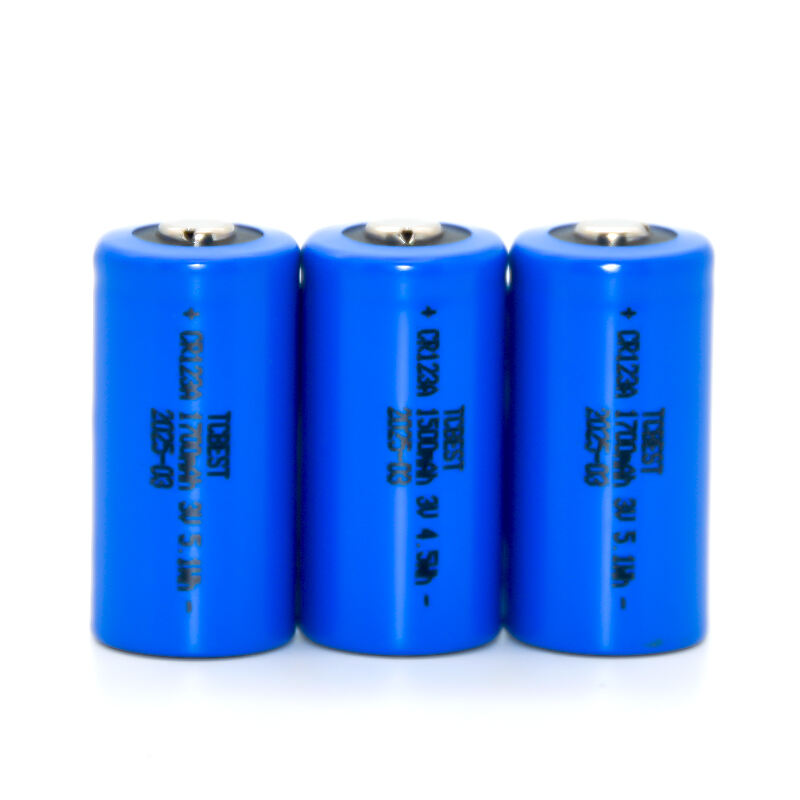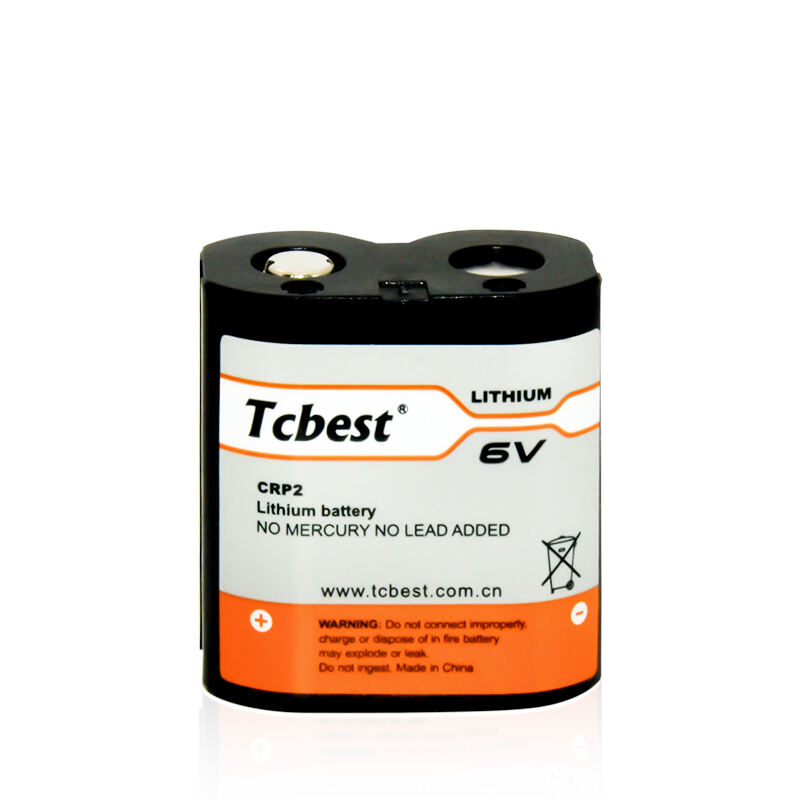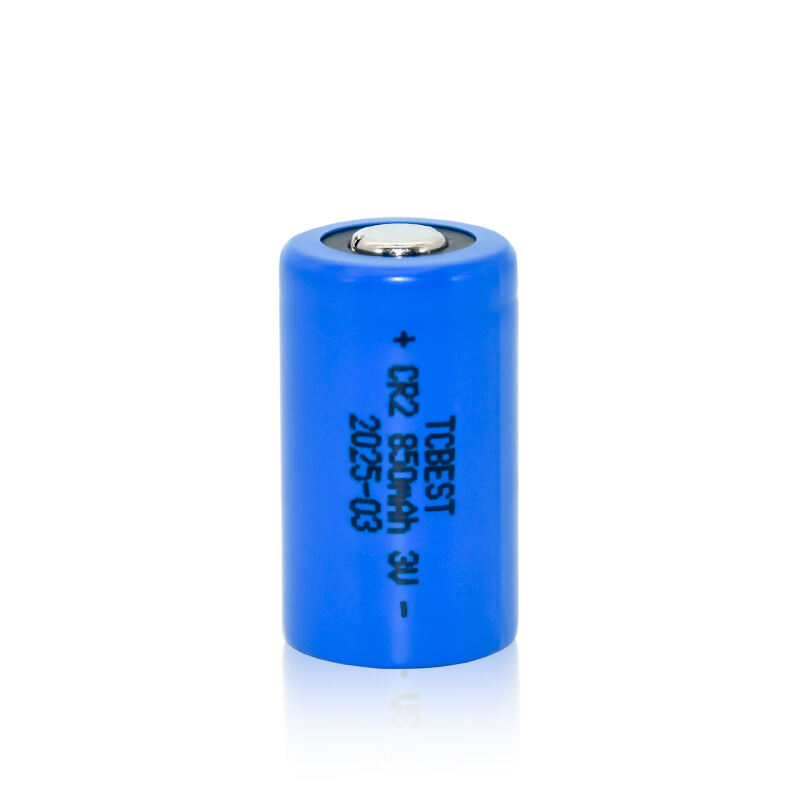lithium ion rechargeable
Lithium ion rechargeable batteries represent a revolutionary advancement in portable power technology, offering an efficient and reliable energy storage solution for modern electronic devices. These batteries utilize lithium ions as the primary component for their electrochemical reaction, moving between the positive and negative electrodes during charging and discharging cycles. The technology employs a sophisticated combination of materials, including lithium cobalt oxide or lithium iron phosphate for the cathode, and graphite for the anode, suspended in an electrolyte solution that facilitates ion movement. With an impressive energy density ranging from 100 to 265 Wh/kg, these batteries can store significantly more energy per unit weight compared to traditional battery technologies. They operate at a nominal voltage of 3.6V per cell and maintain stable performance throughout their discharge cycle. Applications span across numerous sectors, from consumer electronics like smartphones and laptops to electric vehicles and renewable energy storage systems. The batteries feature built-in protection circuits that prevent overcharging and deep discharging, ensuring safe operation and extended lifespan.


